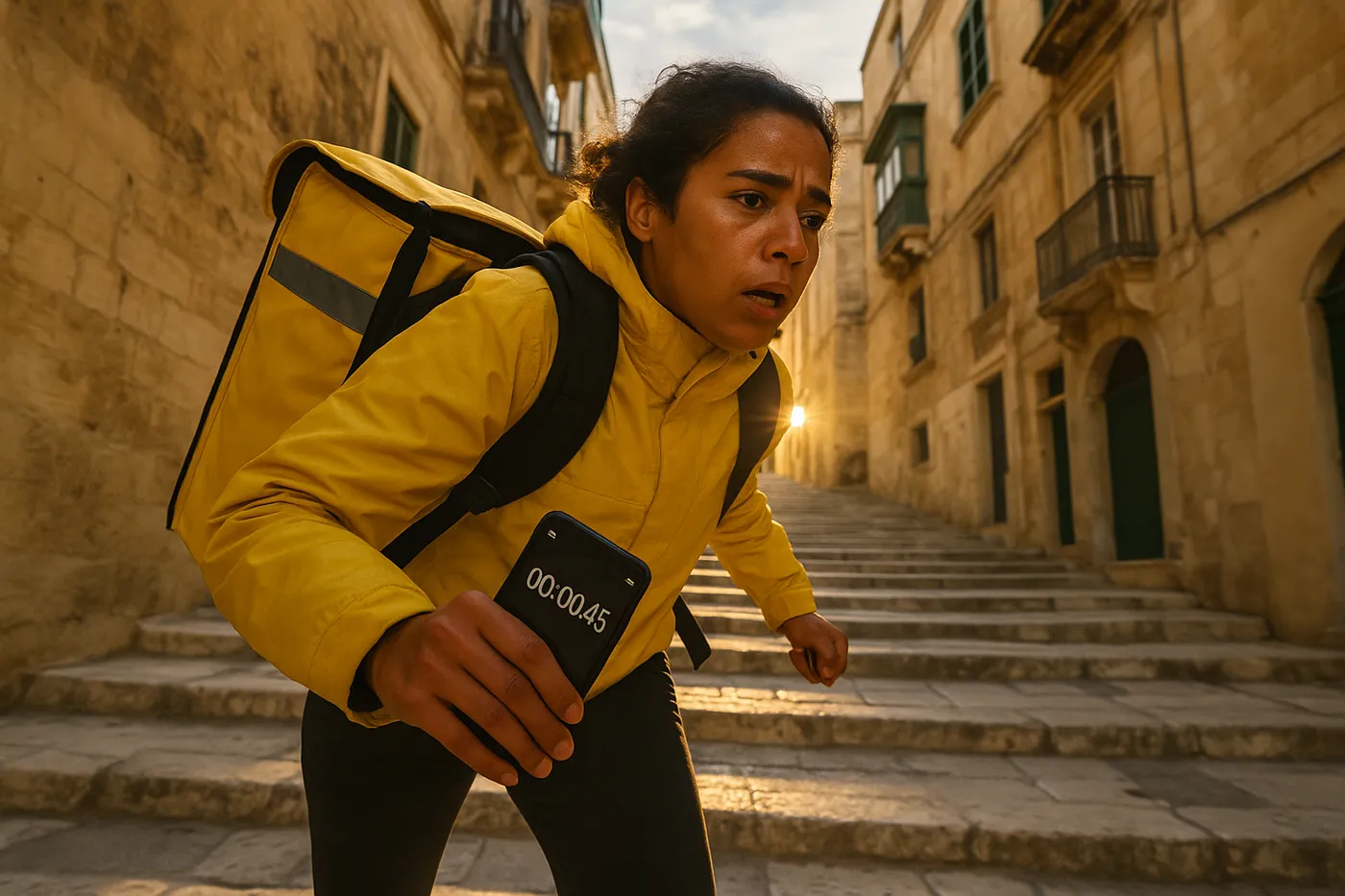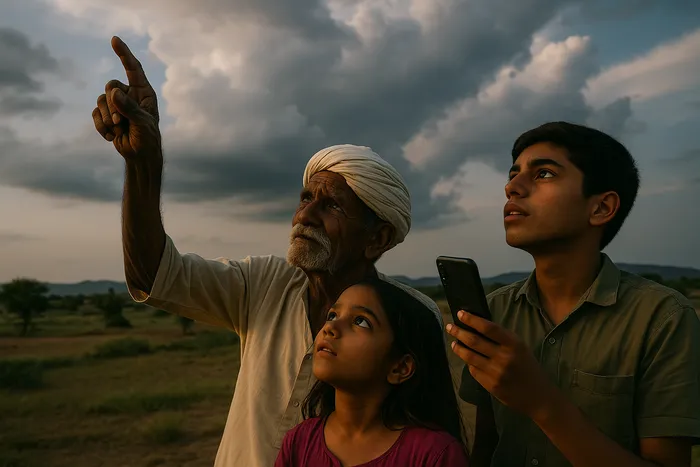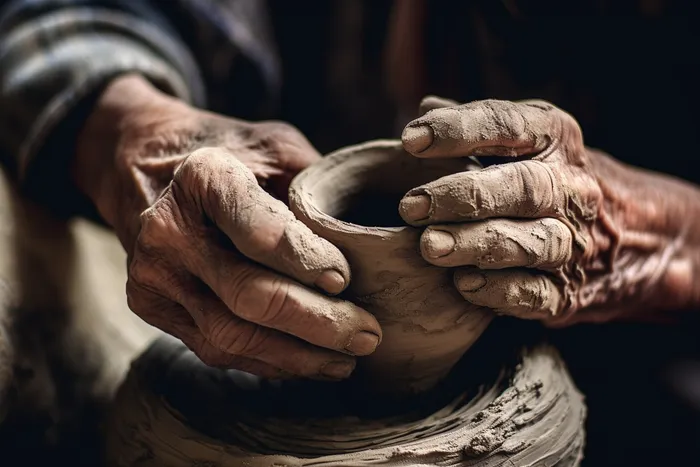Solar Gardens
In the remote villages of Kerala, Kisumu, and Rangpur, a quiet revolution is illuminating more than homes—it's transforming power structures both electrical and social. Women's solar cooperatives are emerging as the unexpected architects of the renewable energy transition, challenging decades of masculine dominance in technical fields while providing sustainable solutions to energy poverty.
Across three continents, I documented a movement where grandmothers become electrical engineers, where traditional craft circles evolve into technical training sessions, and where the ancient practice of community cooperation meets cutting-edge photovoltaic technology. These women aren't just installing solar panels; they're rewiring the fundamental relationships between energy, gender, and community power.
The cooperative model offers a radical alternative to corporate renewable development. Instead of massive solar farms owned by distant companies, these projects create energy democracy—communities owning, operating, and profiting from their own clean power generation. The economic benefits flow directly to families through reduced energy costs, employment opportunities, and revenue from selling surplus power back to national grids.
What struck me most profoundly was how technical training became feminist practice. In workshops held under banyan trees and in community centers, women learned electrical theory, inverter maintenance, and business planning. They developed new vocabularies for power—both electrical and social—as they gained confidence handling complex technology previously deemed "men's work."
The visual language of this transformation required capturing both technical precision and social intimacy. Golden hour lighting became essential, not just for aesthetic beauty but as metaphor for solar energy's promise. The warm light revealed weathered hands adjusting panel angles with the same care used for tending crops, while highlighting faces illuminated by possibility as much as sunset.
Each community developed distinct approaches reflecting local needs and cultural contexts. In Kerala, the cooperatives integrated with existing women's self-help groups, building on decades of collective organizing. Kenyan cooperatives emphasized mobile payment systems, leapfrogging traditional banking. In Bangladesh, the focus centered on disaster resilience, creating power systems capable of surviving floods and cyclones.
The economic transformation proved equally dramatic. Women who previously worked as day laborers now earned steady incomes as solar technicians. Families reduced monthly energy expenses by 70% while gaining access to reliable power for the first time. Children could study after dark, small businesses could operate electric equipment, and health clinics could refrigerate vaccines consistently.
This documentation reveals renewable energy's most profound promise: not just clean power, but democratized power. As these women prove daily, the most sustainable energy transitions emerge from communities controlling their own technological destinies.
Photographer Bio
Priya Krishnan, 31, bridges the worlds of engineering and documentary photography with unique authority. After earning her electrical engineering degree from Indian Institute of Technology Delhi, she spent five years designing power systems for rural electrification projects across South Asia. Frustrated by top-down development models that ignored community knowledge, she picked up a camera to document grassroots alternatives.
Her photography career began when she witnessed women in her home state of Kerala successfully managing solar installations that male engineers had deemed too complex for rural communities. This revelation sparked a photographic mission to document women's leadership in renewable energy transitions worldwide. Her collaborative approach involves learning technical skills alongside her subjects, earning trust through shared labor rather than outsider observation.
Krishnan's work has been featured in National Geographic, Time, and the Pulitzer Center on Crisis Reporting. She believes that the most powerful stories in energy transition emerge not from corporate boardrooms or government policies, but from communities taking control of their own power generation, both literally and metaphorically.
Image Captions

Photo 1: First Light Revelation
Photo 1: First Light Revelation Women technicians from the Kollam Solar Cooperative adjust panel angles as sunrise illuminates India's first community-owned microgrid. After six months of training, these former agricultural workers now maintain the 50kW installation serving 200 households. The golden light cascading across their faces captures the moment when technical mastery meets renewable possibility.
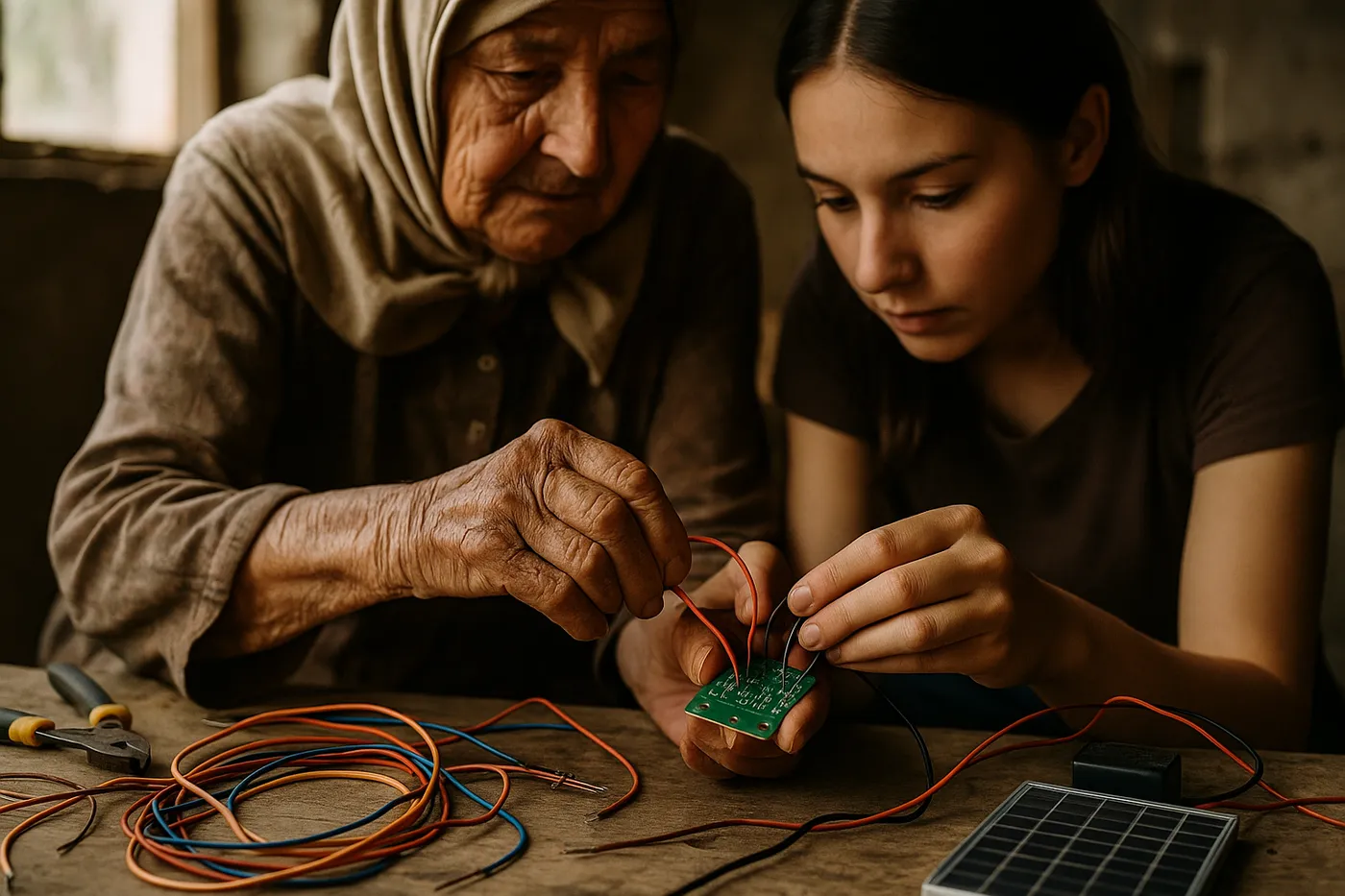
Photo 2: Knowledge Transfer
Photo 2: Knowledge Transfer Fatima Begum, 67, teaches circuit wiring to her granddaughter Rashida in their Rangpur village workshop. Three generations of women now work as solar technicians in this Bangladeshi cooperative, which has electrified 15 villages using flood-resistant elevated installations. Traditional knowledge of community cooperation merges with modern electrical theory.
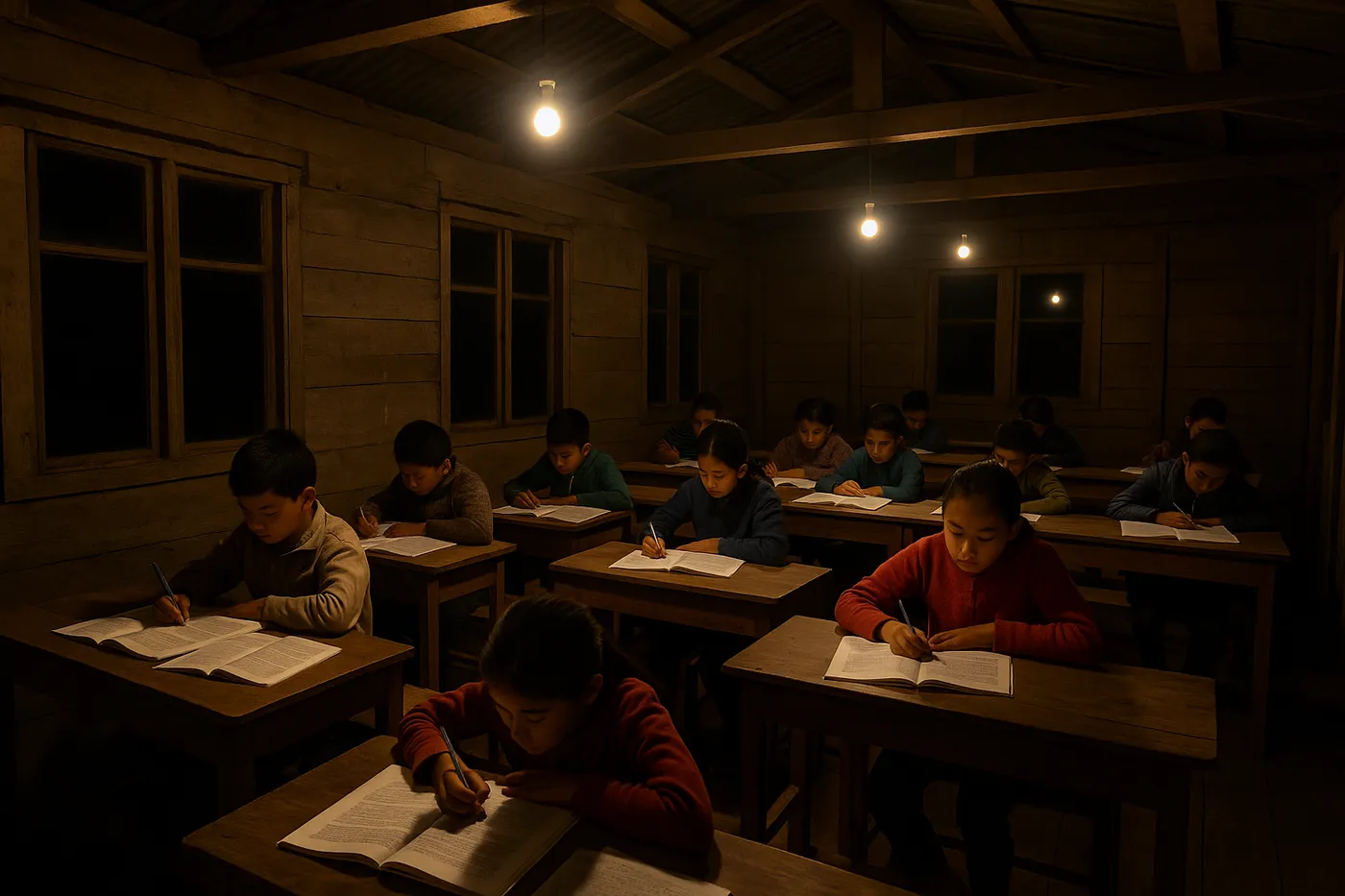
Photo 3: Night No More
Photo 3: Night No More Children study under bright LED lights powered by their community's solar microgrid in Kisumu, Kenya. Before the women's cooperative installed these panels, families relied on expensive kerosene lamps that provided dim, toxic light. Now surplus solar power generates income while providing clean illumination for education and small businesses.
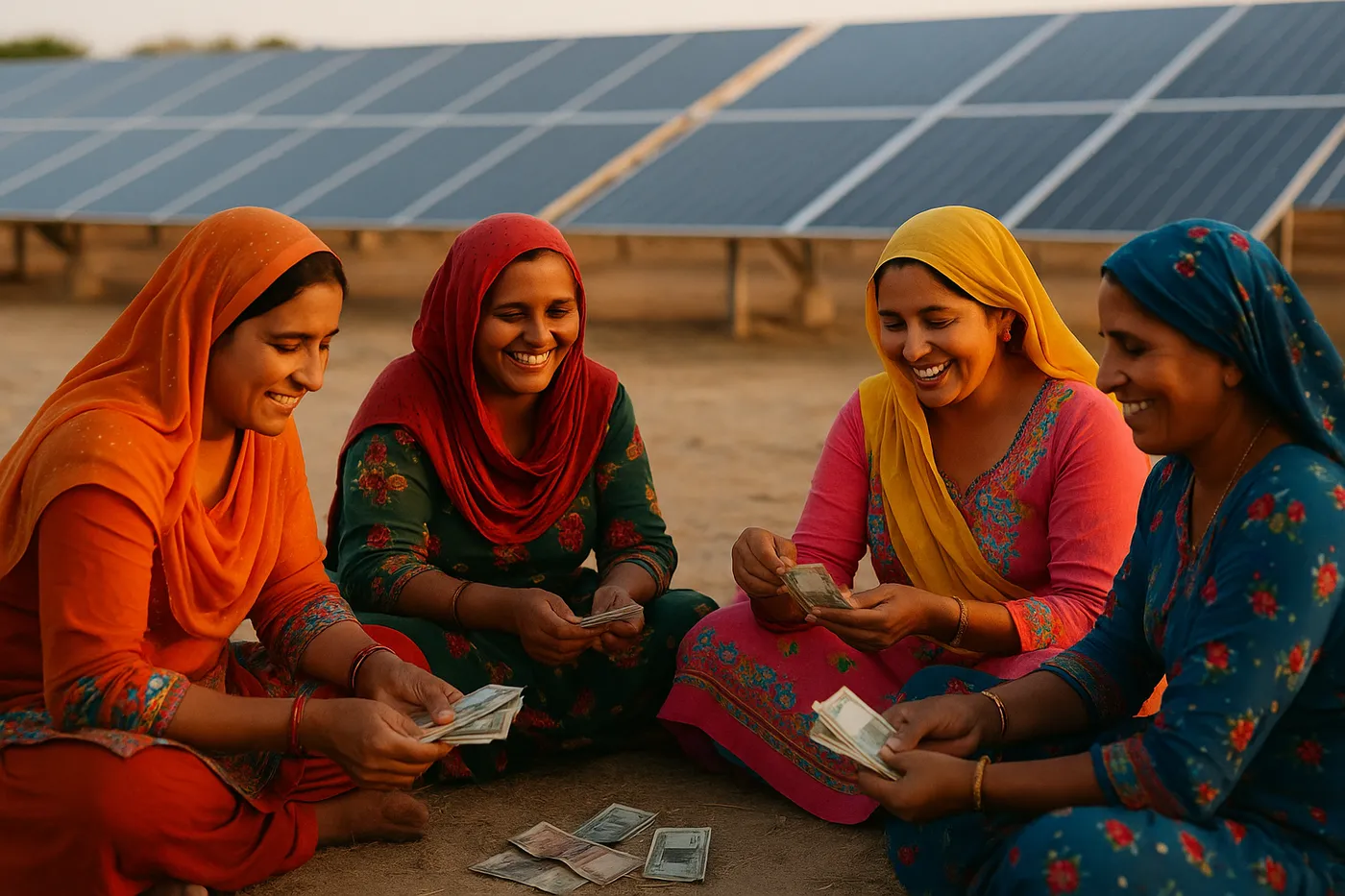
Photo 4: Energy Entrepreneurs
Photo 4: Energy Entrepreneurs
Cooperative members count earnings from selling surplus solar power back to the national grid through Kenya's net metering program. These women earn
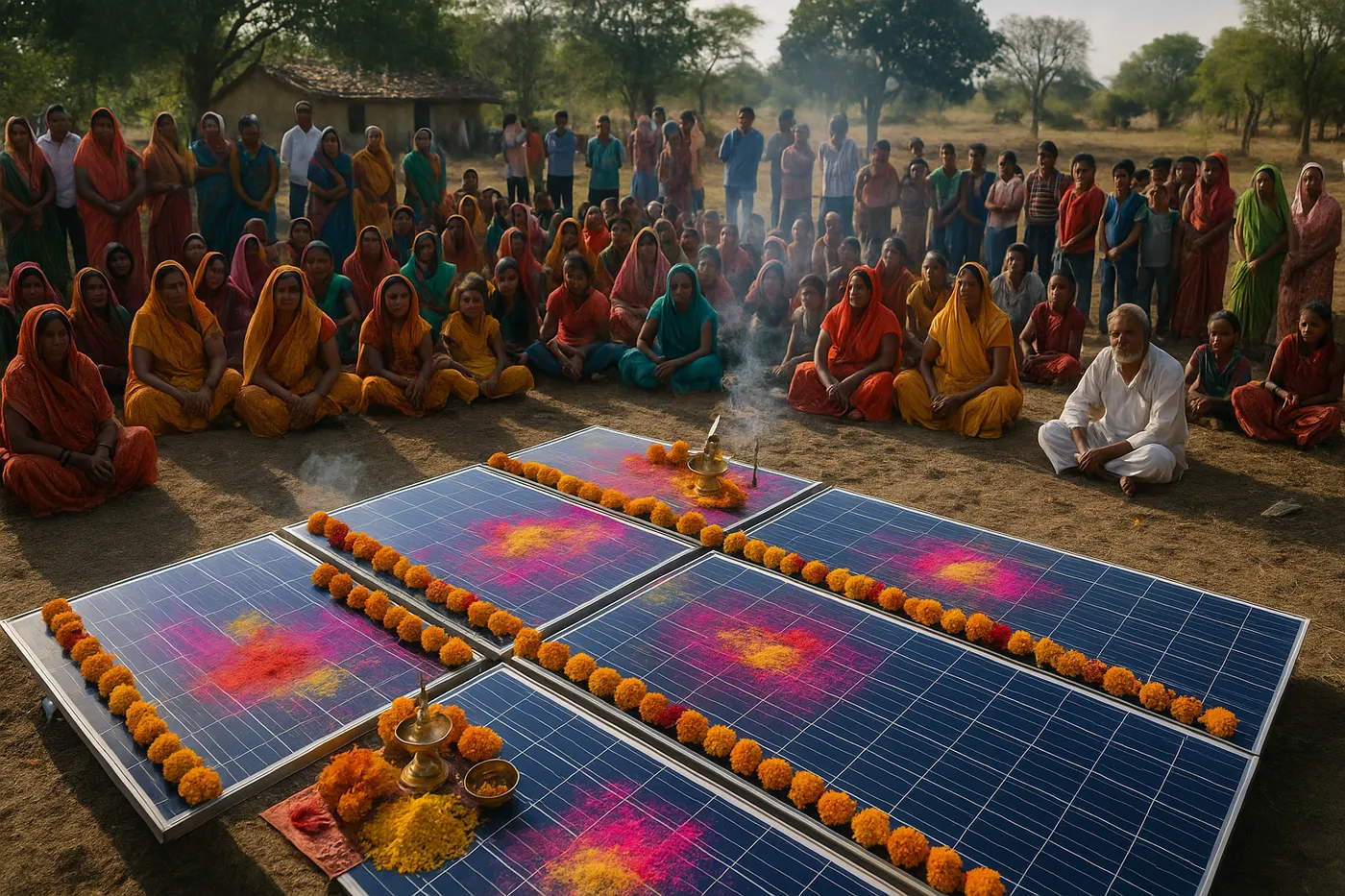
Photo 5: Sacred Technology
Photo 5: Sacred Technology Community members bless the ground before installing a new microgrid in rural Kerala, combining Hindu rituals with renewable technology deployment. The ceremony honors both traditional land relationships and modern energy democracy. Solar installations become sacred spaces where ancient community practices meet contemporary climate solutions.
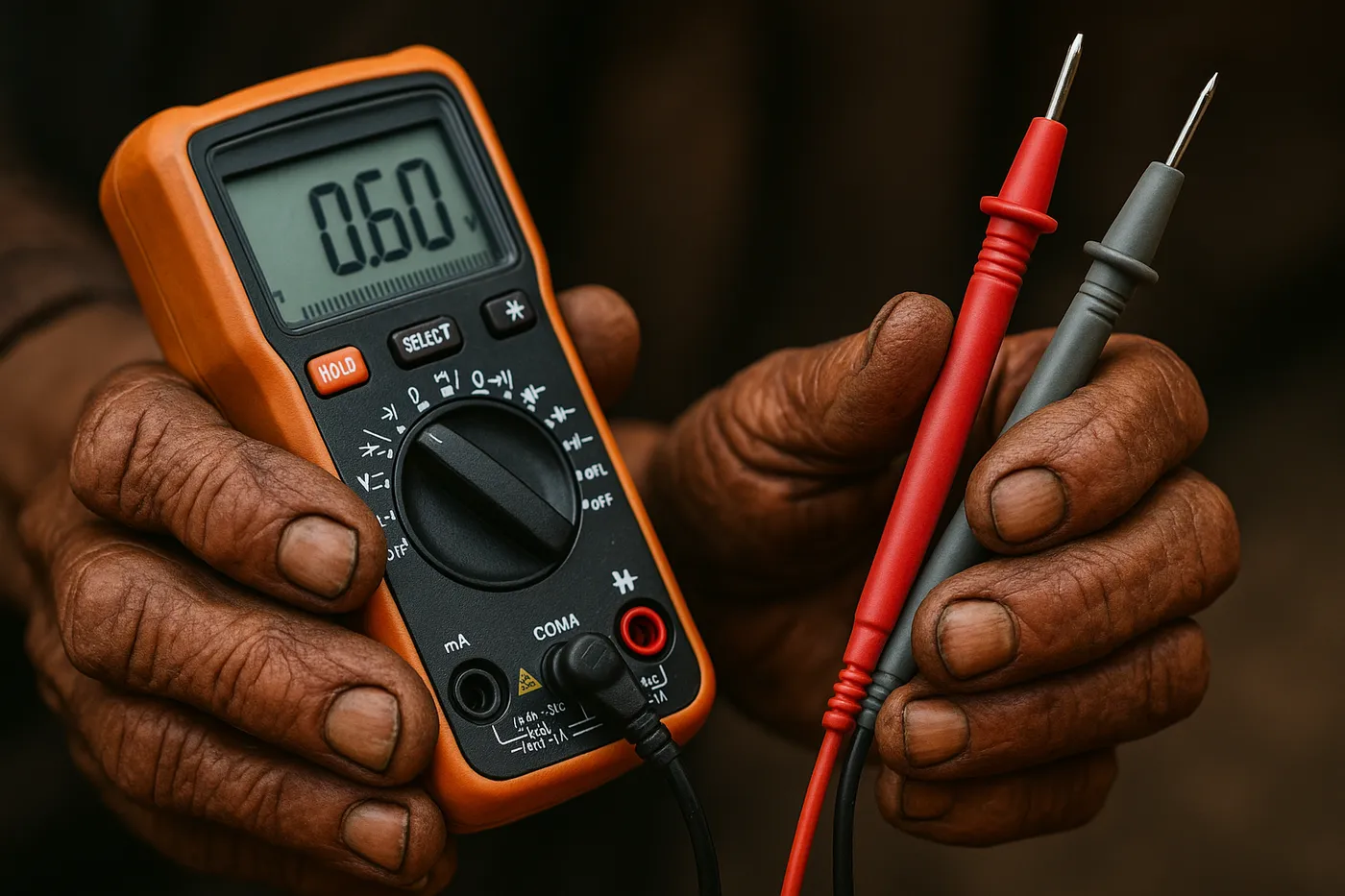
Photo 6: Tools of Tomorrow
Photo 6: Tools of Tomorrow Weathered hands hold precision voltage meters and modern multimeters—tools these women learned to use despite minimal formal education. The cooperative training program emphasizes hands-on technical skills over theoretical knowledge, proving that complex technology becomes accessible through community-based learning approaches.
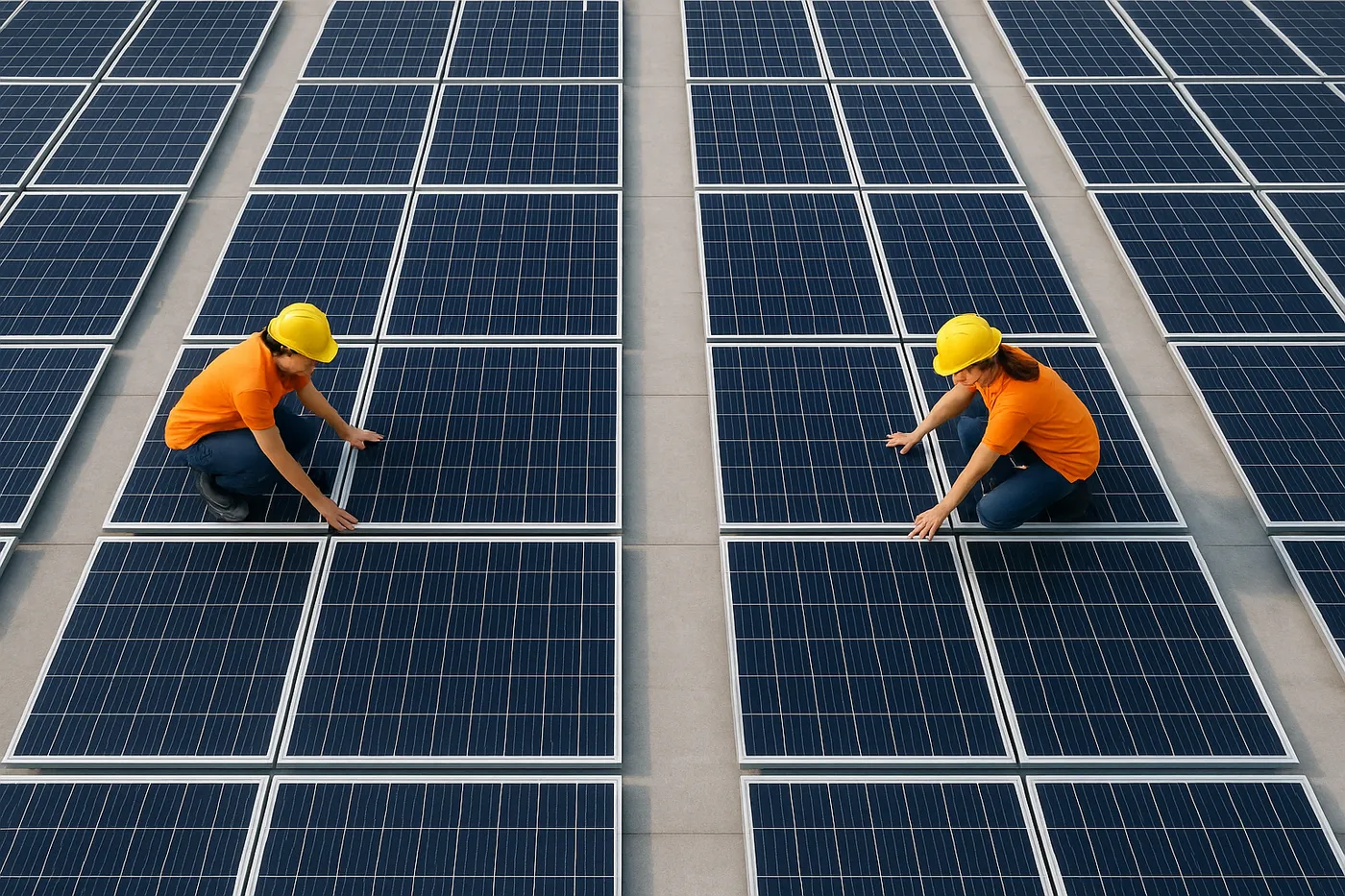
Photo 7: Geometric Harmony
Photo 7: Geometric Harmony Aerial view captures women arranging solar panels in careful geometric patterns across a Bangladesh rooftop installation. The symmetrical design maximizes energy capture while creating visual beauty, transforming functional infrastructure into community art. Cooperation becomes choreography as renewable technology meets collective aesthetics.
Photo Generation Prompts

Photo 1: Prompt:
Photo 1 Prompt: Women in colorful saris adjusting large solar panels as golden sunrise light cascades across their faces and the photovoltaic surfaces, rural Indian village backdrop with palm trees, shot on Canon EOS R5 with 24-105mm lens at f/5.6, shallow depth of field with panels in sharp focus, warm golden hour lighting creating natural rim lighting on subjects, rule of thirds composition with panels diagonal across frame, rich warm colors with blues and oranges, hopeful and reverent mood, award-winning photojournalism, World Press Photo style documentary photography

Photo 2: Prompt:
Photo 2 Prompt: Elderly grandmother with weathered hands teaching young woman electrical wiring inside simple rural workshop, colored wires and solar components scattered on wooden table, close intimate framing showing hands working together on circuit board, shot on Canon EOS R5 with 85mm f/1.8 lens, natural window light from side creating soft shadows, shallow depth of field focusing on hands and wires, warm earthy tones with pops of copper and red wire colors, intimate teaching moment mood, award-winning photojournalism, World Press Photo winner

Photo 3: Prompt:
Photo 3 Prompt: Children studying at wooden desks under bright LED bulbs in simple rural classroom at night, books and papers illuminated by clean electric light, wide establishing shot showing multiple students focused on homework, shot on Canon EOS R5 with 24mm f/4 lens, artificial LED lighting mixed with ambient darkness outside windows, deep depth of field keeping all students in focus, contrast between bright warm interior and dark exterior, hopeful educational atmosphere, award-winning photojournalism, World Press Photo style

Photo 4: Prompt:
Photo 4 Prompt: Group of women in colorful traditional dress counting paper money while sitting in circle on ground, solar panels visible in background, medium shot showing both subjects and renewable energy installation, shot on Canon EOS R5 with 50mm f/2.8 lens, natural outdoor lighting during golden hour, moderate depth of field with women sharp and panels softly visible, vibrant colors of traditional clothing against blue-silver panels, celebratory economic empowerment mood, award-winning photojournalism, World Press Photo documentary style

Photo 5: Prompt:
Photo 5 Prompt: Rural community gathering in ceremony around newly installed solar panels decorated with marigold flowers and colored powder, traditional blessing ritual meeting modern technology, wide shot showing community participation and solar installation, shot on Canon EOS R5 with 35mm f/4 lens, natural afternoon lighting with some ceremonial incense smoke, deep depth of field capturing both ceremony and technology, rich colors of ceremony decorations against metallic panels, sacred and celebratory atmosphere, award-winning photojournalism, World Press Photo winner

Photo 6: Prompt:
Photo 6 Prompt: Close-up of weathered female hands holding modern digital multimeter and precision electrical tools, calloused fingers operating sophisticated testing equipment, macro photography emphasizing contrast between traditional rural hands and high-tech instruments, shot on Canon EOS R5 with 100mm macro f/2.8 lens, soft natural lighting to show hand textures and tool details, shallow depth of field with tools in sharp focus, earthy skin tones against bright modern tool colors, determination and skill mood, award-winning photojournalism, World Press Photo style

Photo 7: Prompt:
Photo 7 Prompt: Aerial drone view of women arranging solar panels in perfect geometric patterns on large flat rooftop, systematic installation creating visual symmetry, bird's eye view showing both human figures and technological geometry, shot on DJI drone with wide angle lens, natural daylight from above creating even lighting, deep depth of field capturing entire installation pattern, contrast between human scale and technological precision, organized cooperation and harmony mood, award-winning photojournalism, World Press Photo aerial documentary
Photographer Portrait Prompt
Professional portrait of South Asian woman in her early thirties with intelligent dark eyes and confident expression, wearing simple cotton kurta, slight smile showing determination and empathy, photographed against neutral background with soft natural lighting, professional headshot style, shot on Canon EOS R5 with 85mm f/1.8 lens, shallow depth of field with sharp focus on eyes, warm natural skin tones, professional portrait photography


